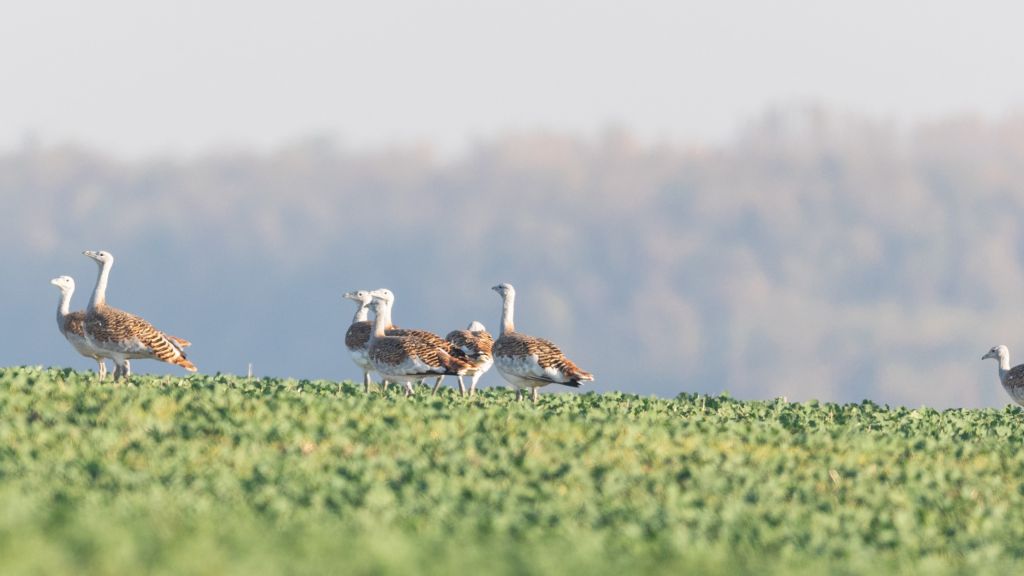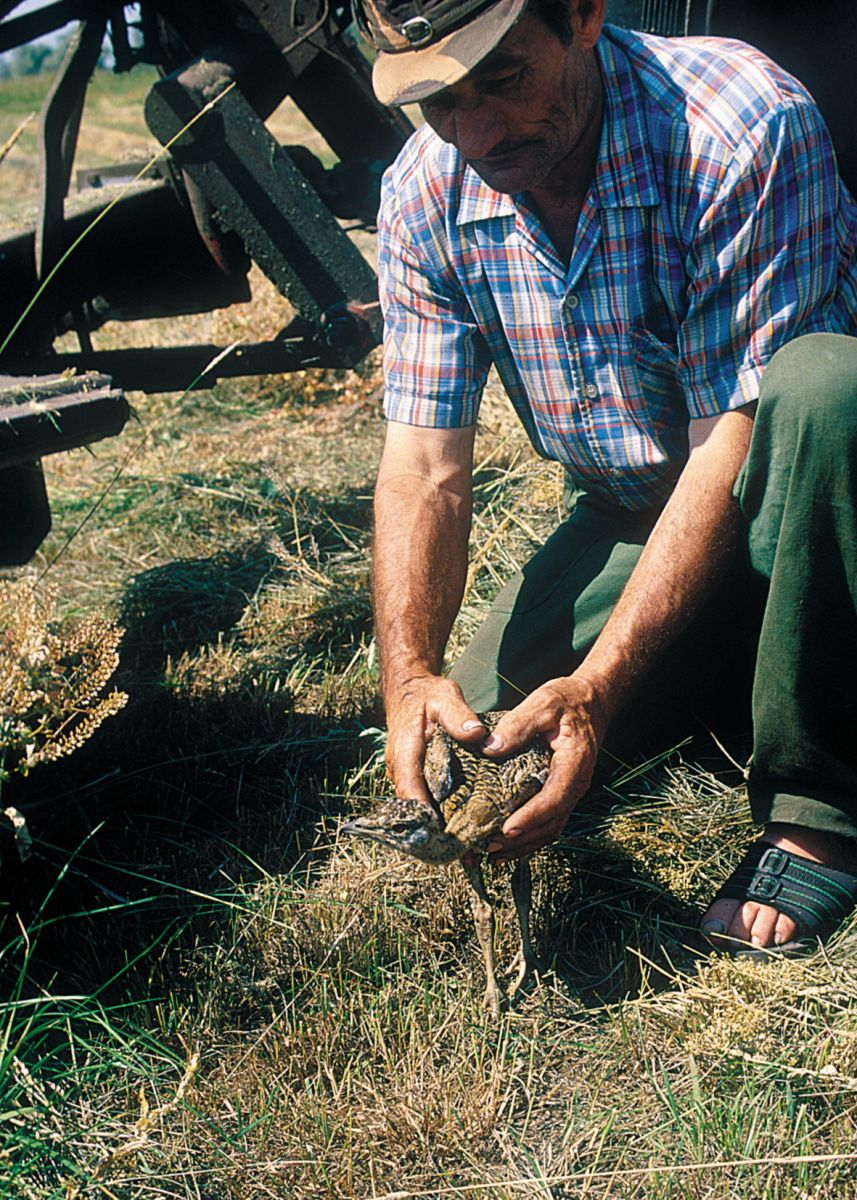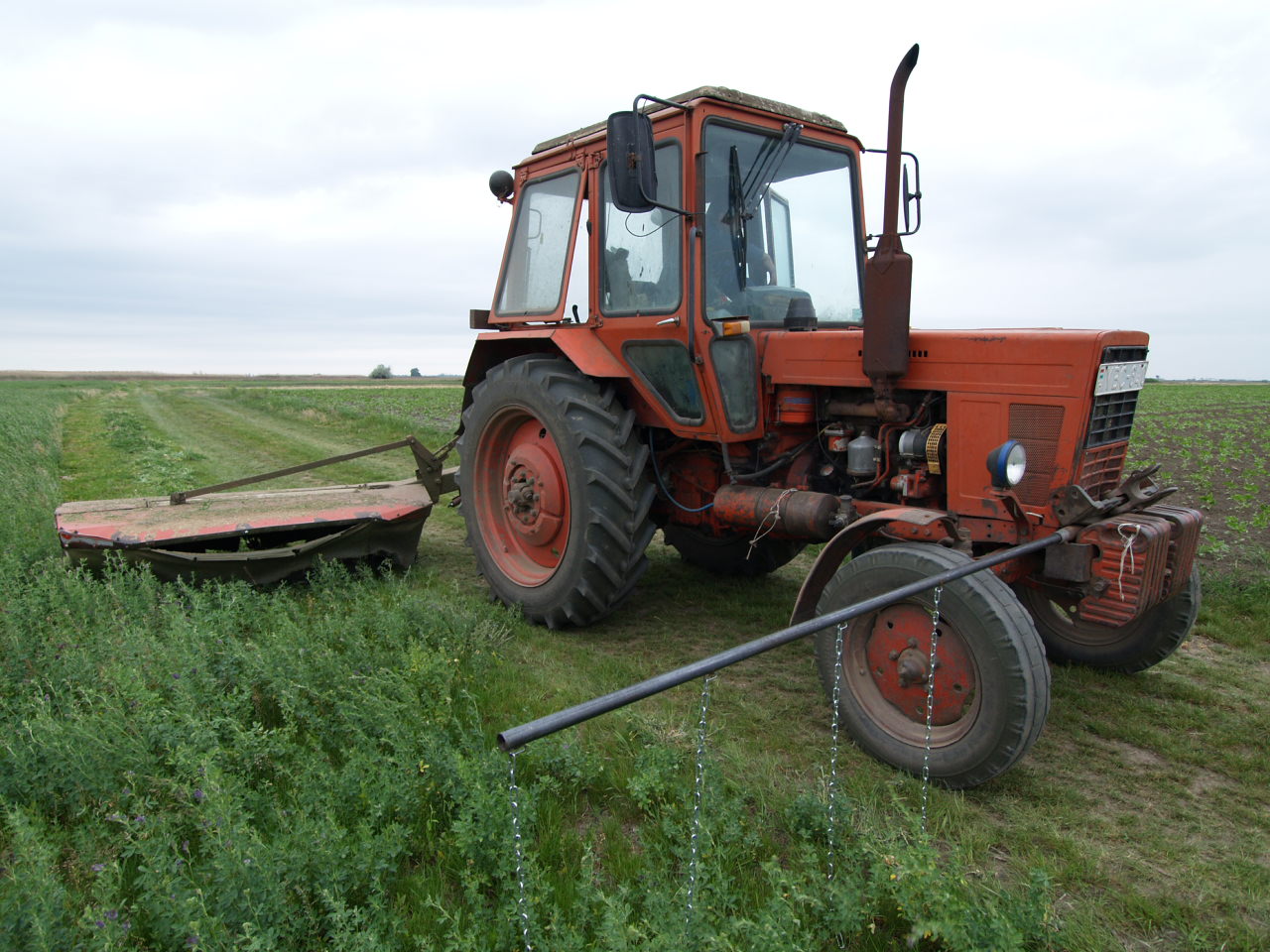The rehabilitation of the reed lake, a swamp that had become eutrophicated in the Culișer meadow, located in Salonta, Bihor county, has been carried out in the past 3 years within our project based on cross-border public-private partnership.

Farmers and the Great Bustard
3 May 2018

How can the farmers contribute to the conservation of the Great Bustards in Salonta?
Since 2017, farmers can apply to a new agro-environmental scheme, drafted by Milvus Group, that ensures compensatory payment for farmers who decide use bustard-friendly methods when managing their lands. For the time being, those operating in the area of Salonta may request it only for arable land, since for grasslands there is already another scheme in place, i.e. for the conservation of the Red-footed Falcon.
The complete guide for the National Programme of Rural Development 2014-2020, the Agro-environment and Climate Measure may be downloaded here.

Concrete measures:

Photo: Motkó Béla
-
• Crop rotation should be chosen sensibly in the habitats of the bustard. Example of ideal composition: 20% small grain cereals, min. 40% perennial crops (lucerne, clover, legumes and herbage for fodder), min. 10% oilseed rape;
-
Warning chains to alert birds, mounted
on a tractor. Photo: Motkó Béla -
• Time span of mechanized agricultural works during the nesting period and when the chicks are unable to fly must be regulated, so that the reproductive success would not be affected negatively;
-
• When nests are found while doing agricultural works, a protection area should be established around the nests;
-
• By cultivating oilseed rape, the birds will be provided with food during the winter;
-
• The production without chemicals ensures sufficient quantity of invertebrates, vital for chicks and necessary for adults to survive in more challenging periods of time;
-
• The conversion of unproductive arable lands in grasslands may enlarge the habitat of the Great Bustard.
- The text is an excerpt from “The Mysterious Bustard” guidebook, and it is available in Romanian, and Hungarian.
- Authors: Kelemen Katalin, Nagy Attila and Papp Judith (Milvus Group)


